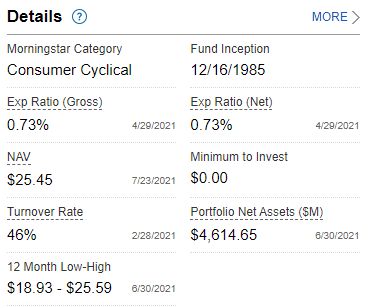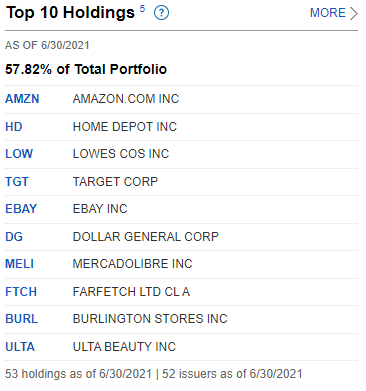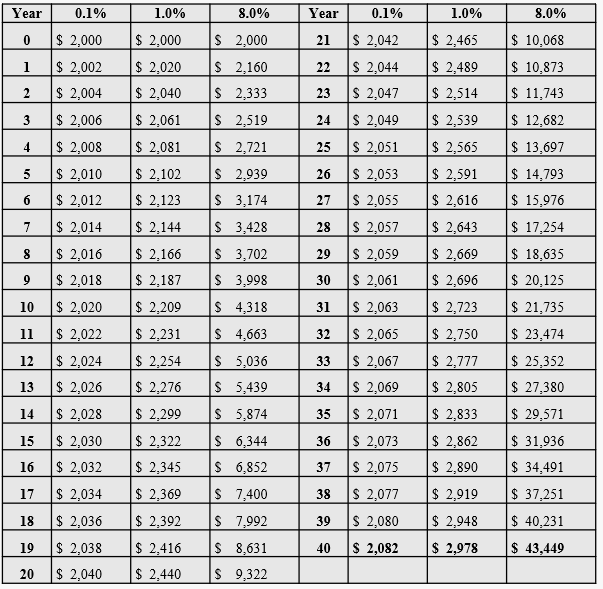Understanding Mutual Funds
Mutual funds are a great way to invest in markets with a more hands-off approach. Unlike individual stock trading, mutual funds provide company diversification in markets that you are familiar with. With hundreds of funds to choose from, all you need to do is research, purchase, and let it go. If you want a more hands-on approach, check out the Top 5 Metrics for Stock Investing.
What is a Mutual Fund?
A mutual fund is a pool of money from many investors that allows for the purchase of a variety of stocks, bonds, and debt into a single portfolio. But, what does that actually mean? Imagine this, you and your buddies really like a bunch of different stocks. Individually, these stocks may be too expensive for you to buy one share of each. So, what you do, is pile your money together and buy shares in each of the companies. Now, each of you owns a portion of the pie based on what you put in. If you put in 10% of the starting capital and the portfolio goes up $1,000, you’d be entitled to $100.
How It Works in Reality
Almost every banking or investing company offers mutual funds. They have fund managers that compile a group of securities that fall under certain niches. For example, if you wanted a fund that follows the S&P 500, there is a mutual fund comprised of every company in the S&P 500; therefore, the fund will rise and fall all the same. These niches can range anywhere in the market. I have a mutual fund in retail companies that are comprised of Amazon, Target, Home Depot, and more. Also, another one I have is in “select semiconductors portfolio.” This fund holds Nvidia, Intel, Qualcomm, and more. As you can see, there are funds made up for every niche. The best advice is always to invest in sectors you are familiar with. This way, you can diversify in companies in the sector you know.
Understanding Mutual Funds Fees
Unlike stocks, where you can choose the companies you want and buy the amount of shares you want at cost, mutual funds have operating fees. The companies putting together these funds are exactly that, companies. They have fees to manage the funds, from the purchasing, selling, and optimizing the fund. This is listed as the expense ratio. The expense ratio shows a percentage of the funds that are charged per $1,000 invested. When looking at a fund, take notice of the expense ratio. If the fund has a rate of return of 10% and the expense ratio is 0.5%, it is still better than the average rate of return in the stock market.
How to Buy Mutual Funds
Unlike using Robinhood to buy stocks, mutual funds are purchased typically through the brokerage or bank that compiled the portfolio. I have my mutual funds through Fidelity, while others use USAA or Vangard. It is personal preference. What it comes down to is the research. Below is a snapshot of the Fidelity Select Retailing Porfolio.

Morningstar Snapshot
First lets look at the Overall Rating. This rating is awarded based on risk-adjusted performance compared to 41 other funds within the same Consumer Cyclical category. It is compared to past performance based on both risk and returns. As you can see the returns are pretty high, and the expenses are lower than average. The risk is higher than average, but the annual return on investments in significantly higher than the 8% average in the market.

Devil in the Details
There are a few key things to notice in the details section on the summary tab. First, note the expense ratios. This is the cost to manage the fund. With the previous year having a 50.39% return, 0.73% is not bad at all. Another thing to consider with the funds are the investment minimums. This fund has no minimum to invest. Many funds demand $2,000 or more as an initial investment. Also, many funds will have a minimum monthly contribution.
Portfolio Holdings
The last thing I will highlight is the portfolio holdings. This shows which companies are included in the portfolio listed from the most to the least in allocation percentage. Looking at this will ensure you are investing in companies and industries that you are familiar with. The process I took to choose this fund was first considering a retail portfolio, looking at the ratings and ROI, compared the ROI to the expense ratio, then examined the holdings. I know most of the companies on the list and am confident they have huge growth potential. Sold!

Risk
Understanding mutual funds is important. As with all investments, there is an amount of risk. I am not a financial advisor. This is for information only. For financial advisement, please speak to a professional.




